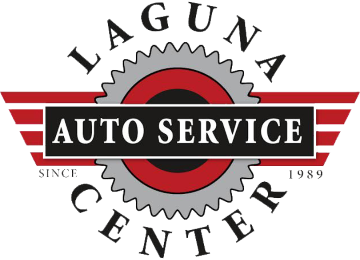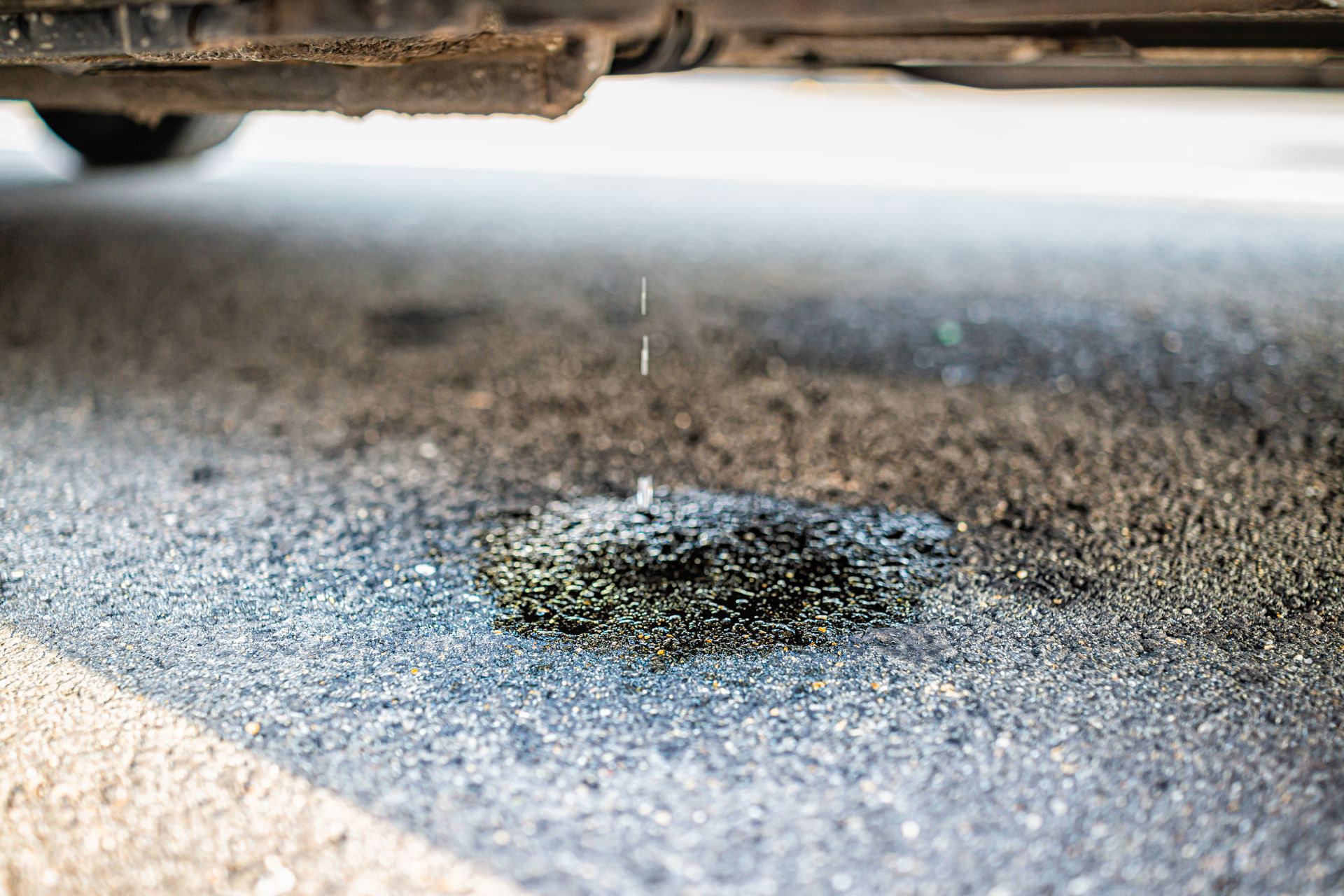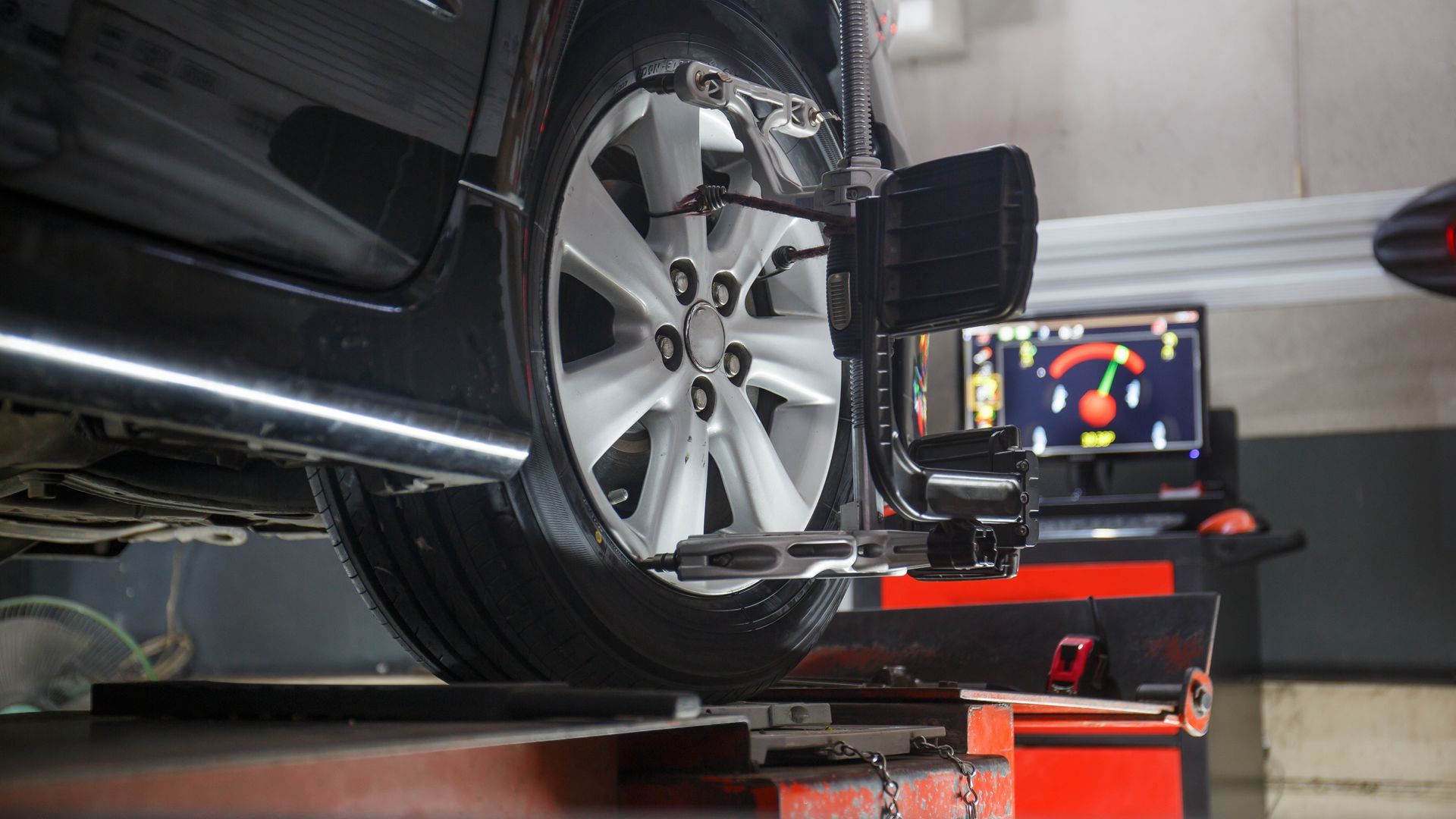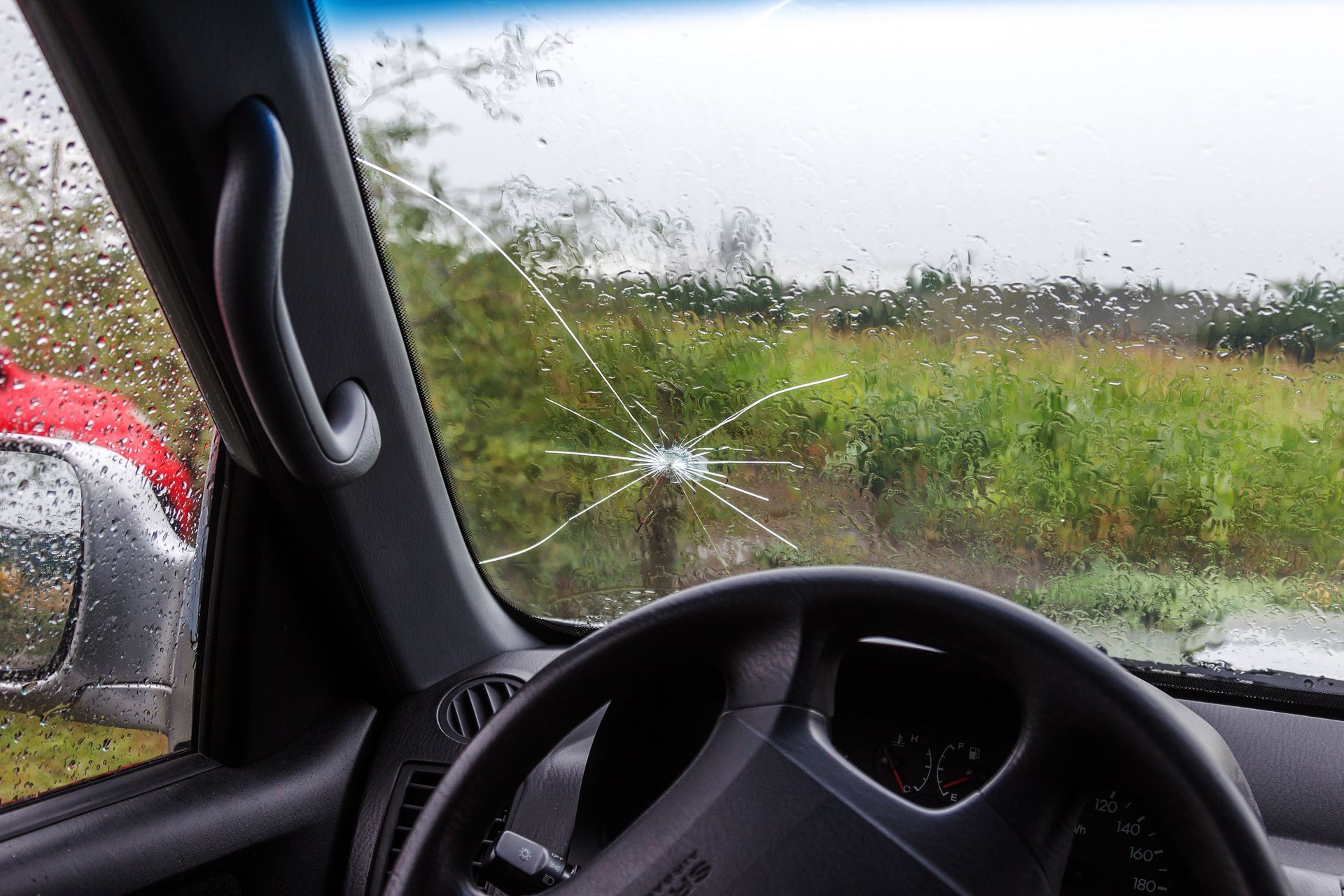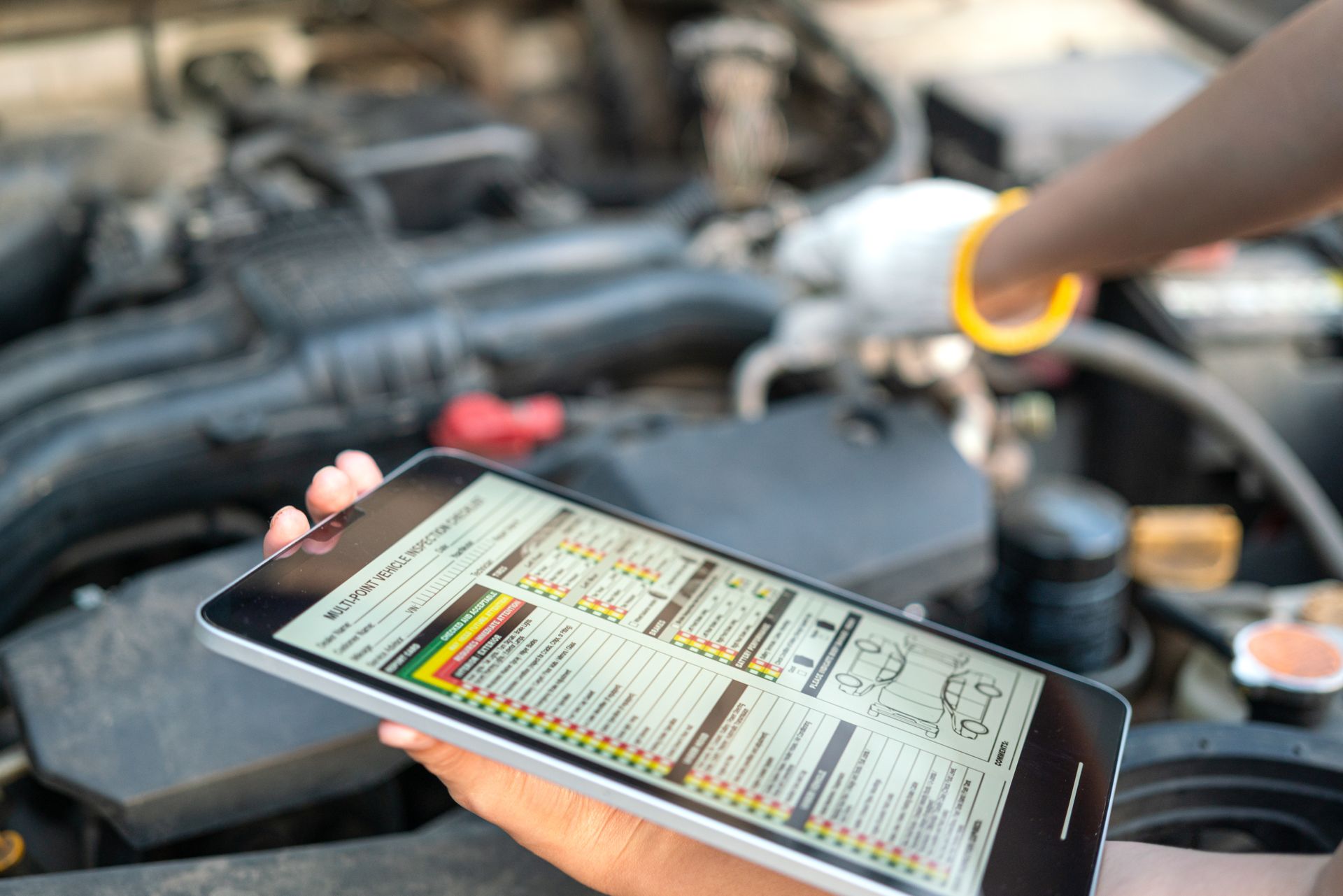For many drivers, especially those new to manual transmissions, the clutch can feel like a bit of a mystery. It's the invisible hand that allows you to seamlessly shift gears, connecting the engine's power to the wheels. But what exactly is a clutch, and how do you know when it's on the fritz?
By pressing the clutch pedal, you disengage the engine from the transmission, allowing you to smoothly switch gears without grinding or jerking. When you release the pedal, the clutch reconnects them, transferring power and propelling you forward.
The clutch itself is a marvel of engineering. It consists of three main parts:
- Pressure Plate: This sturdy plate clamps down on the flywheel (connected to the engine) and the clutch disc.
- Clutch Disc: This friction plate sits between the flywheel and pressure plate, transferring torque.
- Throw-Out Bearing:
This bearing disengages the pressure plate when you press the clutch pedal.
As you depress the clutch, the throw-out bearing pushes against the pressure plate, creating space between it and the clutch disc. This disconnection allows you to shift gears without resistance. When you release the pedal, the pressure plate clamps back down on the disc, re-engaging the engine and transmission.
What Are the Telltale Signs of a Clutch in Distress
A healthy clutch operates smoothly and predictably. However, just like any other car part, it wears down over time. Here are some red flags that might indicate your clutch needs attention:
- Gear Grinding: This unpleasant sound occurs when you try to shift gears without fully disengaging the clutch. It signifies worn friction material or other clutch issues.
- Slipping Clutch: This happens when the engine revs high but the car doesn't accelerate accordingly. It's a sign that the clutch disc isn't gripping the flywheel properly.
- Difficulty Shifting Gears: You might experience a spongy or stiff clutch pedal, making gear changes clunky or even impossible. This could be due to hydraulic problems, worn components, or other clutch malfunctions.
- Burning Smell: A burning odor emanating from the clutch area can indicate overheating or excessive wear. Don't ignore this warning sign!
Ignoring clutch problems won't make them disappear. In fact, it can lead to more extensive (and expensive) repairs down the road. If you experience any of the symptoms above, schedule an appointment with our team for a thorough inspection.
What to Expect During Clutch Repair
Replacing a clutch is a complex procedure, but experienced mechanics can handle it efficiently. Here's a simplified breakdown of the process:
- Inspection: The mechanic will diagnose the problem, assess the extent of wear, and recommend the necessary repairs.
- Removal: The transmission and other components will be disconnected to access the clutch.
- Replacement: The worn clutch components will be replaced with high-quality parts.
- Reassembly: Everything will be put back together, ensuring proper alignment and operation.
- Testing: The mechanic will test the clutch and ensure smooth gear changes.
While wear and tear are inevitable, certain driving habits can significantly extend your clutch's lifespan. First, please avoid "riding" the clutch. In other words, do not rest your foot on the pedal while driving. This creates unnecessary friction and accelerates wear. Plus, remember to shift gears deliberately and avoid abrupt clutch engagements.
At Laguna Auto Service Center in Laguna Beach, CA, our certified mechanics are experts in clutch repair and maintenance. We use top-quality parts and stay up-to-date on the latest clutch technologies. Whether you're experiencing clutch troubles or simply want to ensure its longevity, we're here to help.
Schedule an appointment with us today for a clutch inspection!
